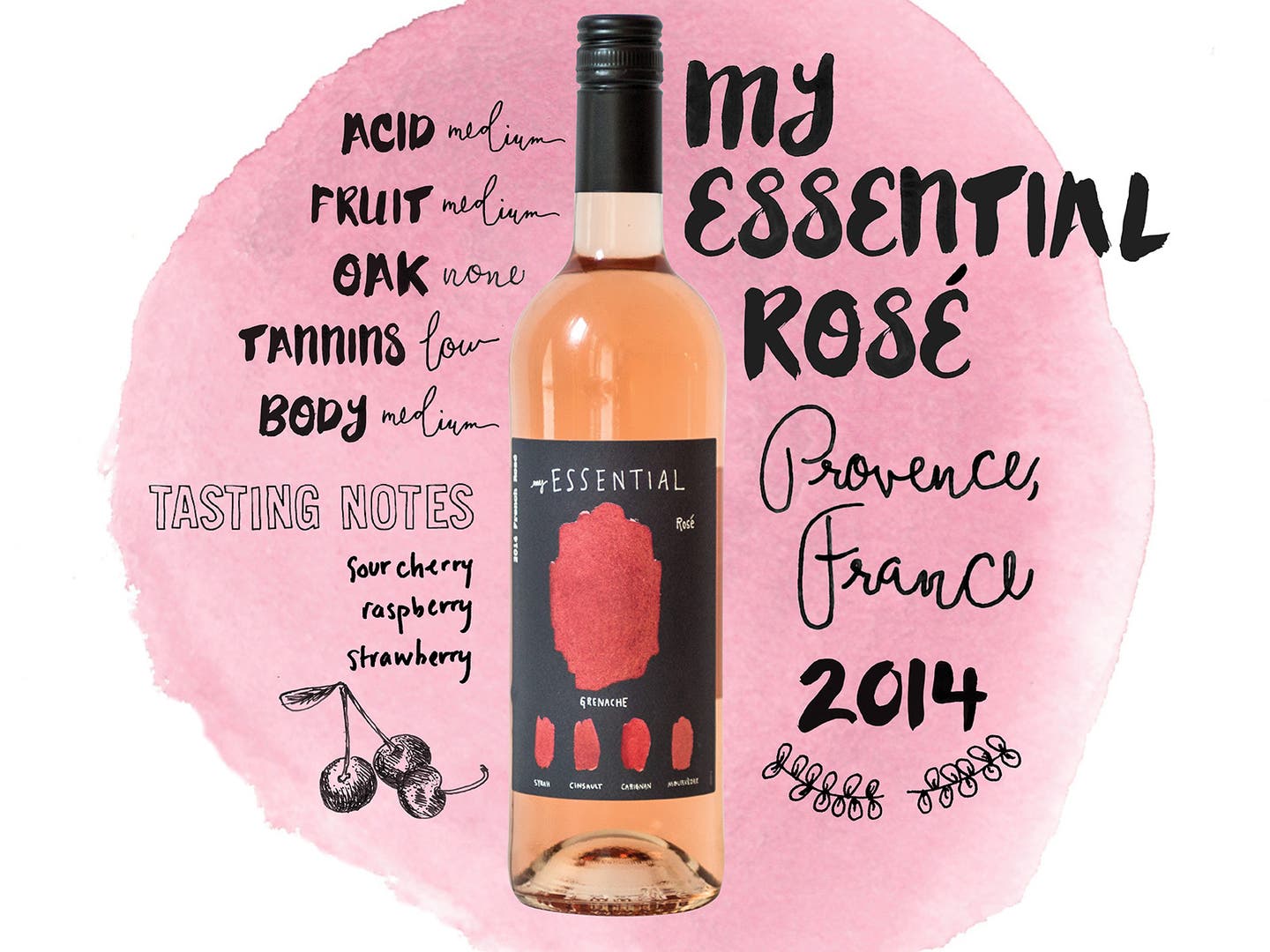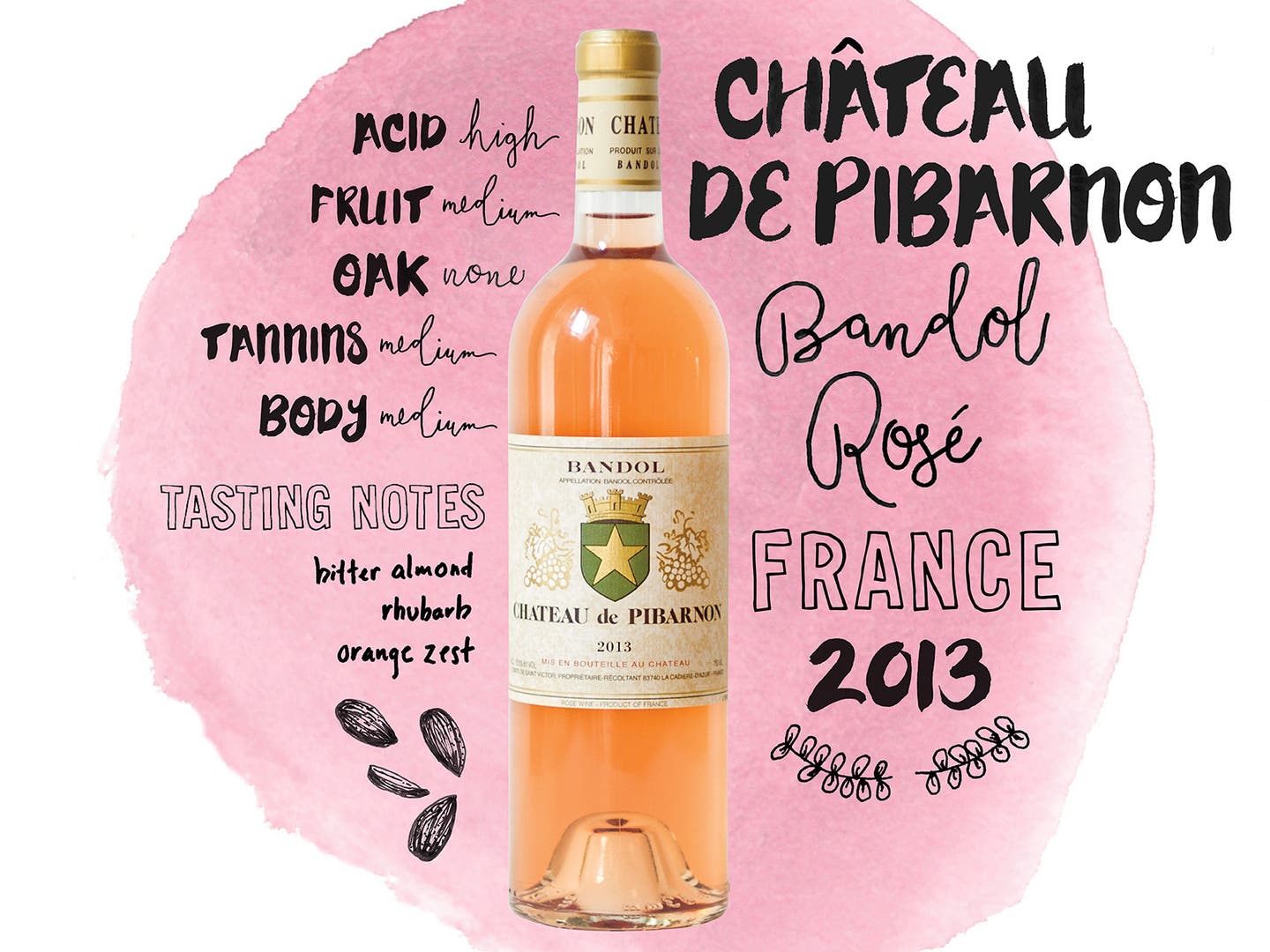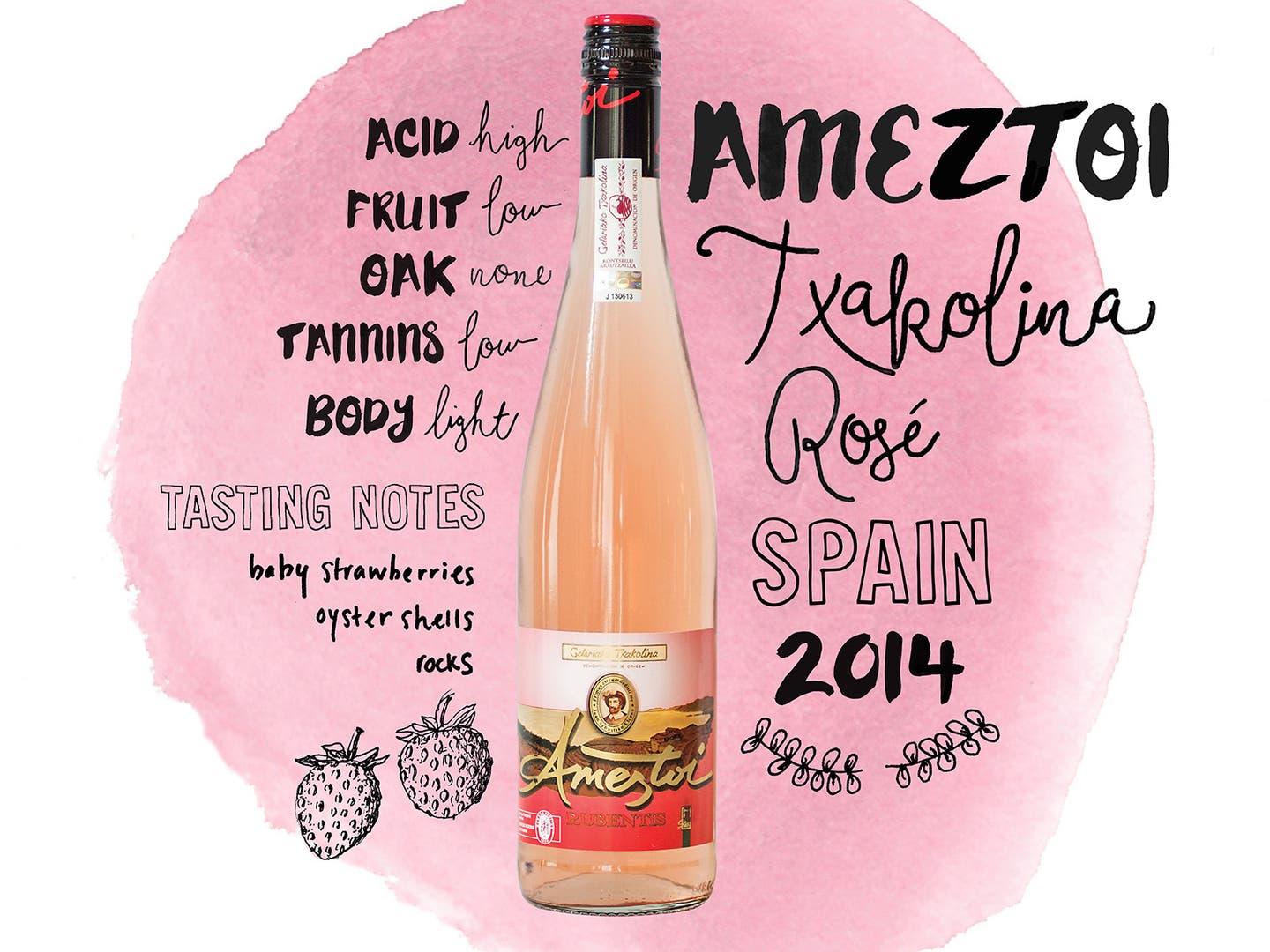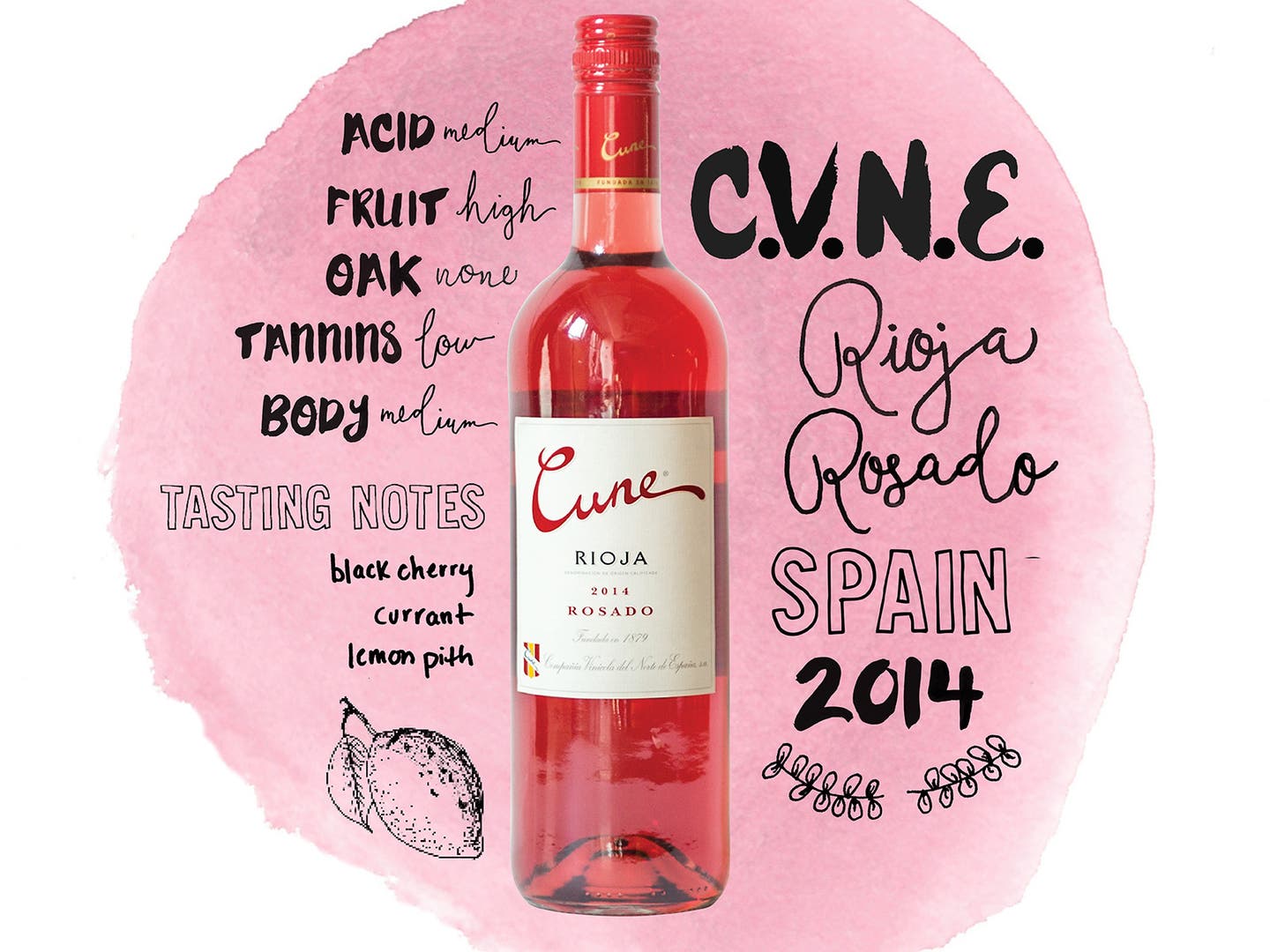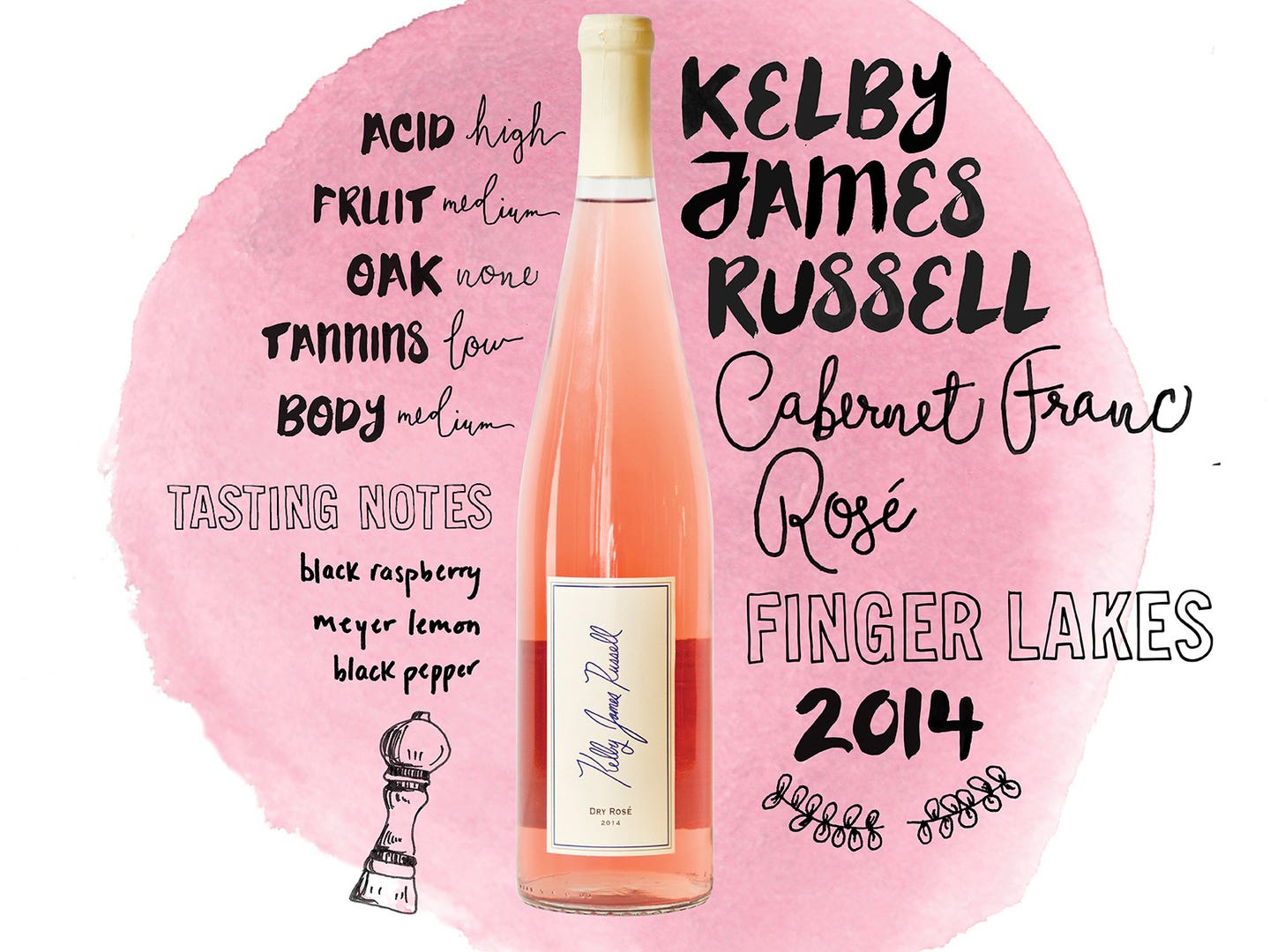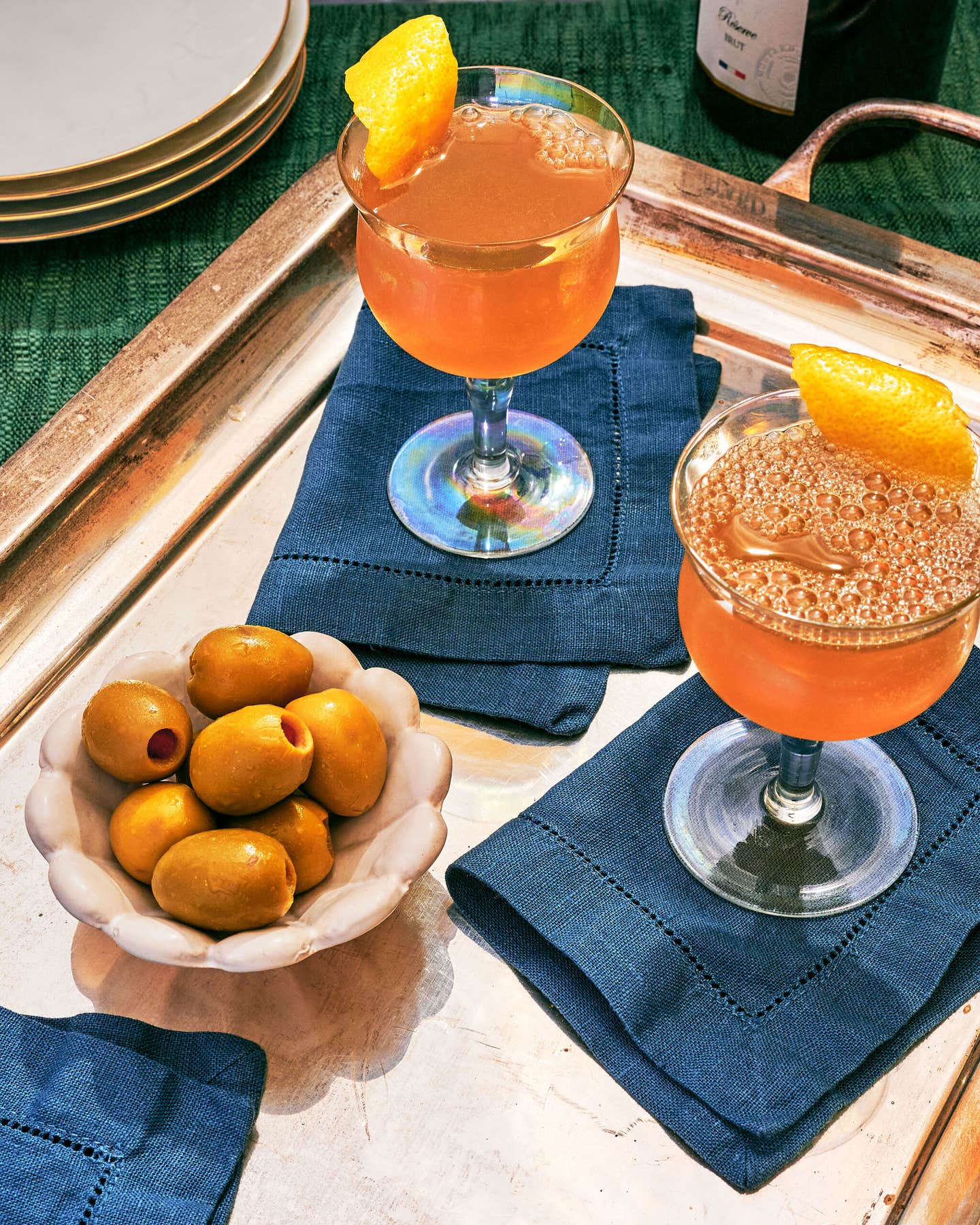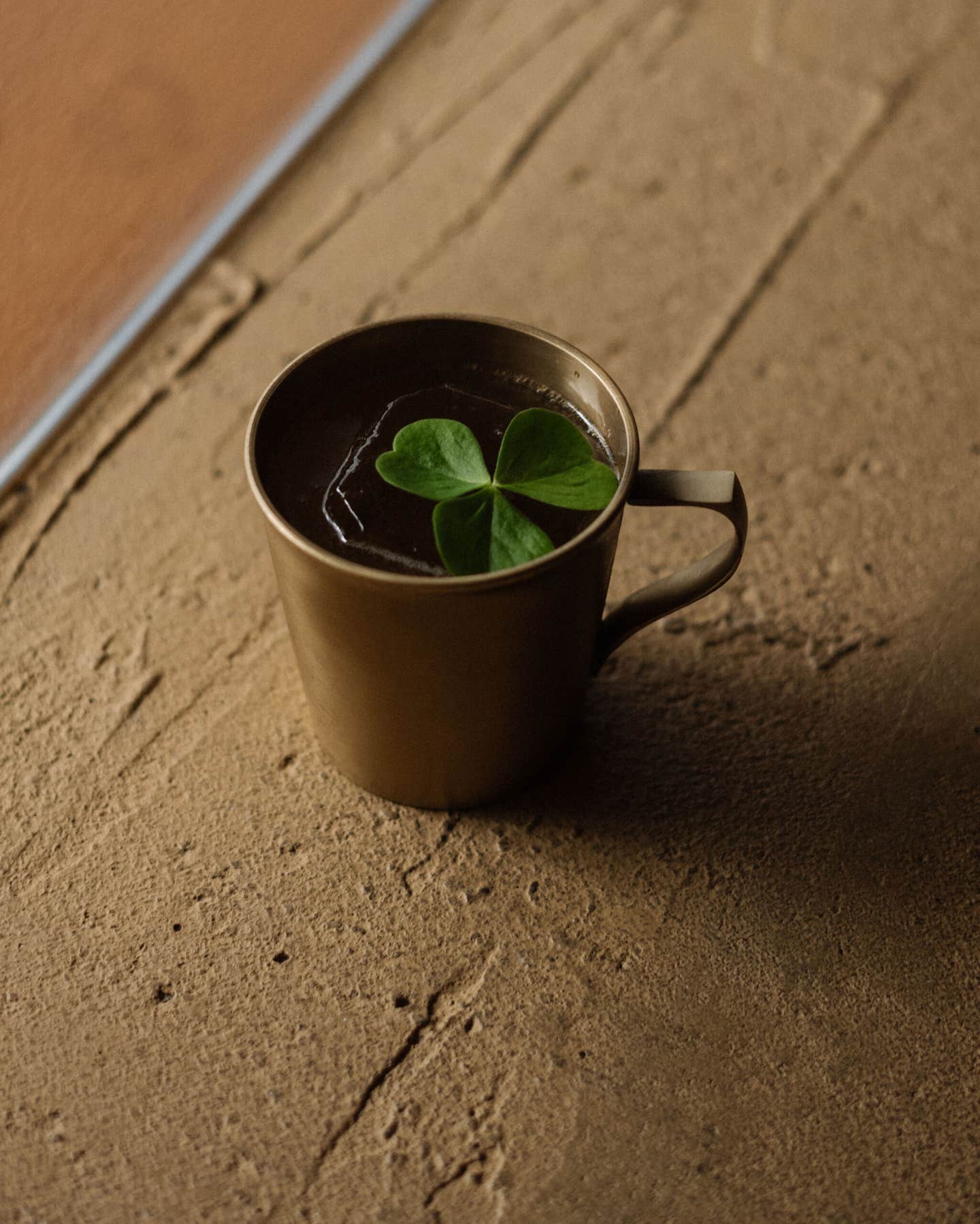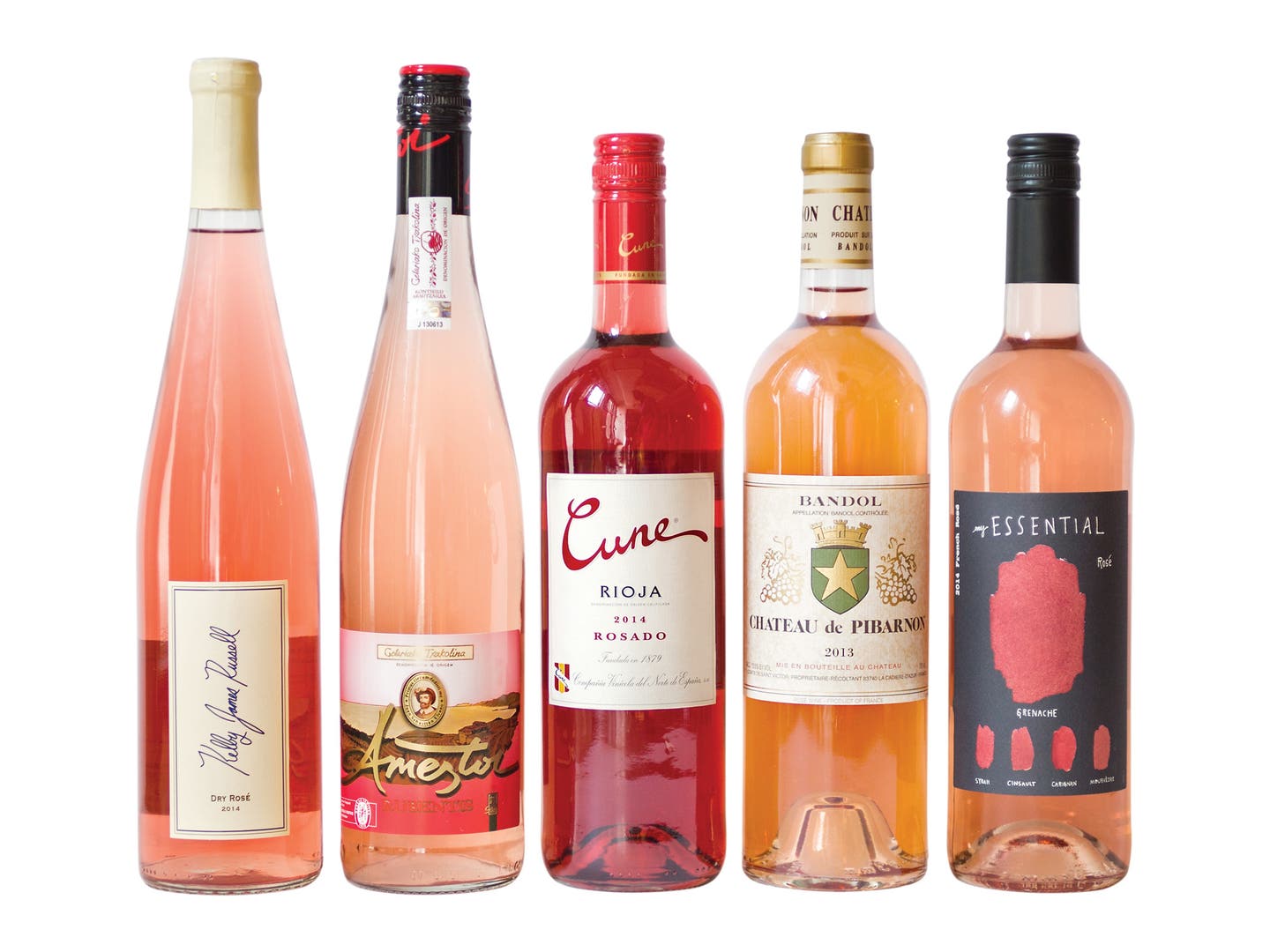
Tasting wine is always fun, but often intimidating. To help demystify the process, we've called on Thomas Pastuszak and Jessica Brown, husband-and-wife wine geeks and sommeliers at a couple of top New York restaurants: Thomas currently serves as the wine director at The Nomad Hotel, and Jessica helms the wine program at The John Dory Oyster Bar and The Breslin Bar & Dining Room. Between them, they've got a surplus of wine knowledge to share, and each month they'll choose several wines to taste side-by-side to help us calibrate our palates and understand our preferences. This month: the world of rosé.
It’s that time of year again. The weather’s warm; we pull out our white pants and shoes from the closet; beachfronts everywhere start to get crowded; and wine shop shelves resemble candy stores filled with every shade of pink. Everyone seems to agree: it’s rosé season.
So, what exactly is rosé? Well, it’s wine that is traditionally made from red wine grapes (such as pinot noir, cabernet franc, and grenache) that are harvested and pressed with minimal skin contact. Essentially, we’re talking about producing a white wine made from red grapes, with just a touch of color and fruit from the skins.
Red wine gets all of its body, color and tannic structure from the skins of the grapes and is made by letting the pressed juice sit with the crushed skins for many days to several weeks. You can make white wine from red grapes by not letting the skins sit with the juice at all, or you can make rosé, by letting the skins “bleed” just a touch into the wine. How long a winemaker lets the skins sit in the juice, and what grapes the wine is made from, play the biggest role in determining the shade (and ultimate style) of the rosé.
Rosé got a bad rap for a few decades, as it was confused with white zinfandel, or blush wine, a category of generally cheap, sweet pink wine. But the majority of rosé is dry and crisp. With rosé, you are getting all of the freshness and energy of a bright, acidic white wine, with the added texture and fruit complexity that comes from the grape skins. It’s a great wine for pairing with food as it’s great with white wine-friendly dishes (vegetables, seafood) and can also stand up to richer ingredients that you might pair with a red (lighter game, weightier fish, pork).
The world of rosé today is more exciting than ever, because rosé is being made all around the world, and in many more styles than you'd find even five to ten years ago. The most famous examples of rosé have always come from the south of France, specifically Provence. One of our favorite and very affordable Provençal rosés is the My Essential Rosé 2014, made by our friend and Master Sommelier Richard Betts. This is rosé made from the classic grapes of the region: grenache, syrah, and cinsault. Aromatic and fruit-driven, it's like a red wine on the nose, with the crackling acidity and freshness of a white wine, bursting with sour cherry, raspberry, and strawberry flavors.
Close to where the My Essential is made (and still technically in Provence) is the sub-region of Bandol. Known best for its hearty reds, made with the uber-tannic mourvedre grape, some of the most profound and age-worthy rosés come from this area. A favorite and easy-to-find example is the Château de Pibarnon Rosé 2013. Here we get silky tannins supporting darker red fruit tones and a smoky minerality. Bandol rosés generally have the stuffing to stand up to richer dishes that you would typically pair with red wine. And they're special in that, thanks to the mourvedre grape's inherent structure, they can age and improve with time in the bottle.
Jumping over to the Iberian peninsula we discover the versatility of Spanish rosé, or rosado. A favorite low-alcohol rendition comes from the Basque country: we're talking about txakolina rosé. Bottled with just a hint of spritz to it, the Ameztoi Txakolina Rosé 2014 is one of the top-selling Spanish rosés in the US, and is based on the Hondarribi Zuri and Hondarribi Beltza grapes. This is the probably the lightest and most citrusy of all the rosés we're covering here, with subtle briny notes and intense minerality. Plus, it is extremely handy to have pool-side.
If you're in the mood for something darker and richer but want to stay in Spain, head inland to Rioja. Yet another region best known for its age-worthy reds, there are also wonderful rosés being made here. The CVNE Rioja Rosado 2014 is a great example—made from the local tempranillo grape, it has a fruit profile of black cherry, currant, and lemon pith. Not only is the fruit flavor richer, the color is also significantly darker than the Ameztoi (or any of the other rosés in this lineup).
The most recent entrant into the world of rosé is the United States. Today Oregon is making some mean rosé from pinot noir; in California you will see syrah rosé and even esoteric varietals that come from the Old World, like Touriga Nacional and Trousseau. In our home state of New York, the Finger Lakes is making a very strong push with its cool-climate rosés made from cabernet franc. The Kelby James Russell Rosé 2014 is an awesome pick from the new guard of winemakers exploring the potential of the Finger Lakes region. Left on the skins for slightly longer than most winemakers would attempt, the result is a rosé with flavors of black raspberry, meyer lemon, and the telltale, peppery-spice character that the cabernet franc grape is known for.
While rosé is released in the spring, and most people love it in its youth, served chilled on a warm day, we’d argue that you don’t have to limit your enjoyment of these bottles to the summer. We think that being told, post-Labor Day, that it is “out of season” just like white pants or spring ramps, is simply not true. Rosé is not a vegetable. It should be with us all year long.
My Essential Rosé 2014, $17 at sussexwine.com
Château de Pibarnon Rosé 2013, $32 at westsidewines.com
Ameztoi Txakolina Rosé 2014 17$ at wine-searcher.com
CVNE Rioja Rosado 2014 $13 at wine.com
Kelby James Russell Rosé 2014 $16 at getwineonline.com
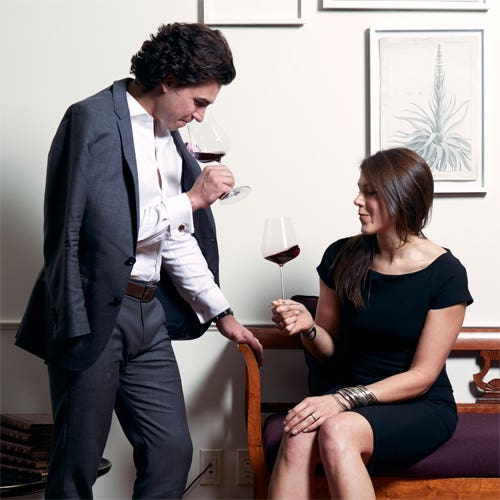
Jessica Brown is a sommelier and wine director of The John Dory Oyster Bar and The Breslin Bar & Dining Room.
Thomas Pastuszak is a sommelier and the wine director at The Nomad Hotel.
Keep Reading
Continue to Next Story
